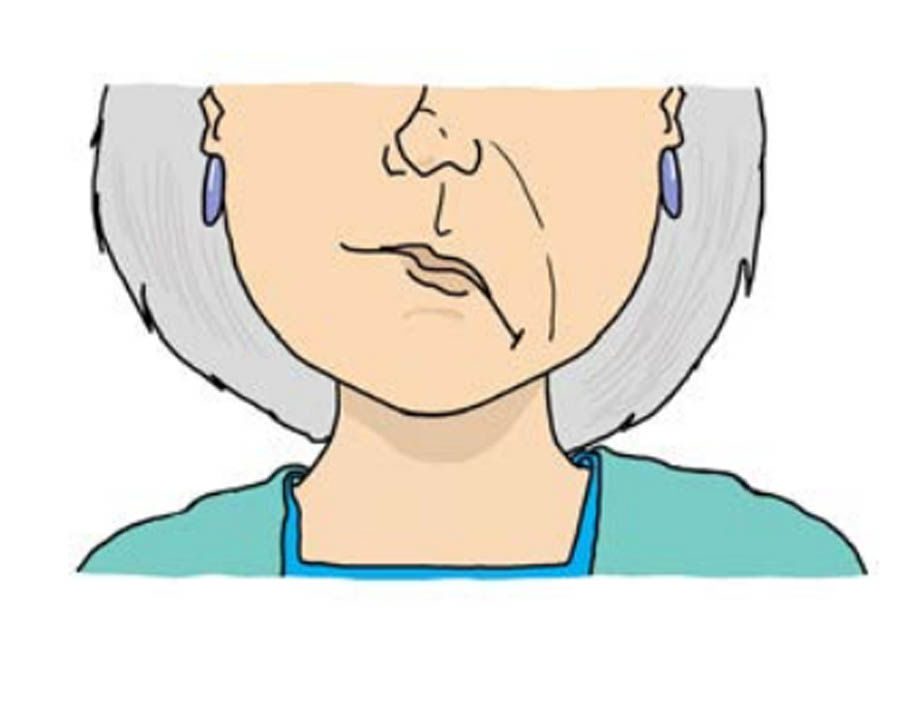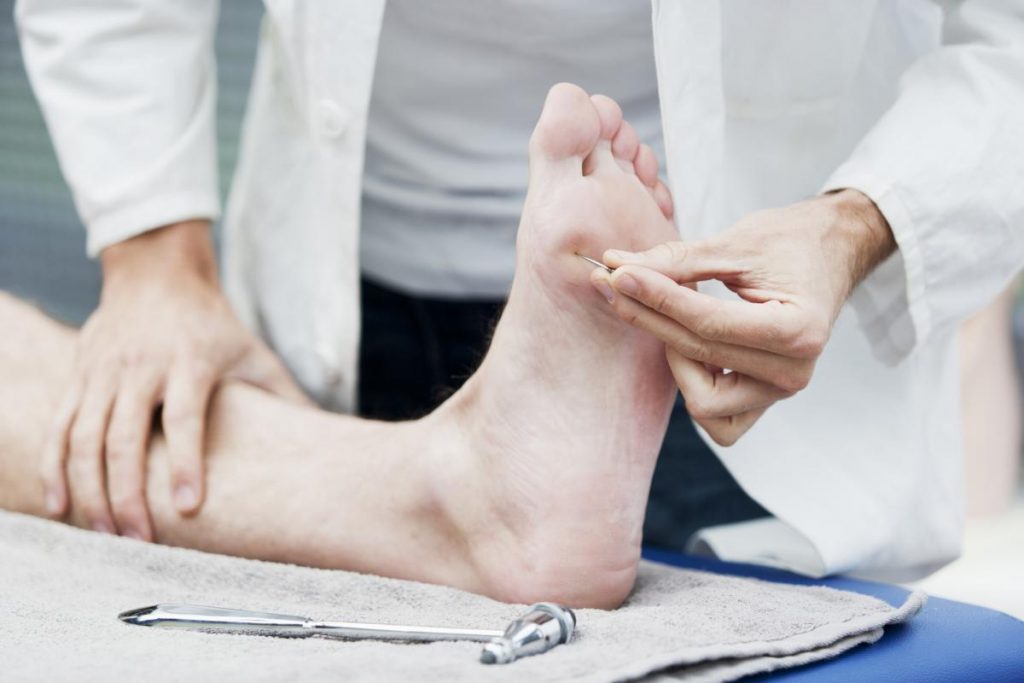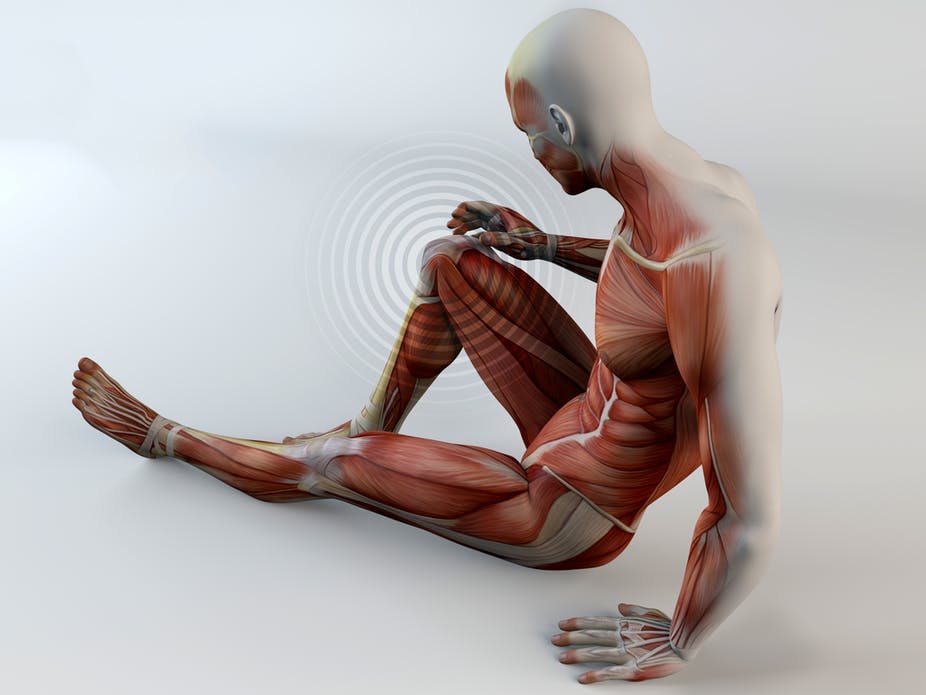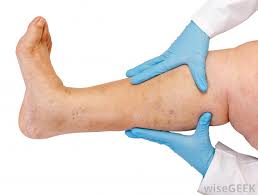Are you worried that you’re at risk for a stroke? Do you want to take measures in order to ensure you can minimize long term damage or even save your life if you do experience one? A lot of people fear having a stroke more than they do a heart attack. A stroke can leave you paralyzed on one side of your body and impact your ability to speak or experience life normally again as a result. Strokes tend to happen as a result of people either being at higher risk due to race or due to having high blood pressure.
So what we first want to do before we get into the 8 warning signs of a stroke or potential stroke is let you know how to minimize your overall risk.
You’ll want to take measures to reduce your blood pressure. If high blood pressure runs in the family, then you need to be even more proactive. This might mean taking blood pressure medications along with taking measures to reduce the amount of salt you consume. Drinking more water also helps as it tends to help your body eliminate salt better.
Try to get your weight down to a healthier level. Weight is one of the primary factors in increased risk for stroke. The reason why is because it causes complications with diseases such as Diabetes, but it also makes it tougher to exercise and have the proper blood flow. Even a small reduction in weight can reduce your risk of a stroke dramatically.
Make attempts to get more exercise. We know that exercise for a lot of people fills them with dread, but it’s something you have to take seriously. Try to find an exercise that you can enjoy. Consistent exercise helps to relieve stress, control weight and reduce blood pressure. Combines with the proper diet it can also provide you with more sustained energy as you improved.
Make an effort to drink more water and cut out alcohol or sugary drinks. You’d be surprised at how many people don’t get enough water every day. They consume fruit juices, sodas and alcoholic beverages. Water consumptions can be the easiest way to help reduce your risk of a stroke. If you can’t cut out unhealthy drinks, then at least make an effort to reduce your intake of them.
Now that we’ve given you a few methods you can use to control your risk of a stroke, we want to focus on how to know if you are indeed having one or potentially having one. Here are some clear warning signs you shouldn’t ignore:

Different muscular problems which would include having a hard time walking, instability, paralysis with weak muscles, issues with coordination, stiff muscles, reflexes that are overactive or paralysis of one side of the body.

Visual problems. These could include blurred vision, double vision, a sudden loss of vision or just temporary loss of sight in one eye.

Whole body issues such as fatigue, lightheadedness or vertigo.

Speech problems such as a hard time getting words out, speech that’s slurred or even speech loss.

Sensory issues such as a feeling of pins and needles or a reduced sensation of touch.

Facial problems such as muscle weakness or even complete numbness.

Issues with limbs such as numbness or weakness.

You might also have a hard time with swallowing, experience serious headaches, have a hard time understanding, and experience mental confusion or experience rapid or what’s called involuntary eye movement.
We know that the above list might be a lot for some people to remember. So what we’ve done is put together an even simpler way to recognize the warning signs of a stroke.
Go by the rule of “FAST”. Each letter stands for something and it’s very easy to remember. The F means “Face Drooping”. The A means “Arm Weakness”. The S means “slurred Speech”. And the T means “Time To Call 911”. The last letter applies if you experience one or more of the first three letters.
The ability to get immediate help can save you from a severe stroke or severe damage as a result. If you don’t recognize the signs, then you might be risking your life. Not just paralysis on one side of your body. Immediate help has not only saved people from severe consequences, but enabled them to make full recoveries after they had a stroke. Don’t take any chances if you even think you’re experiencing any of the signs represented in the “FAS” sequence we gave you.
